There has been tremendous growth in the field of dentistry over the past 100 years. In History of Dentistry Part 1, we examined dentistry in the years between 1900 and 1955. Now let’s take a look at dentistry from 1955 to the present.
Comfort in Dentistry
Patient comfort became a consideration when the first fully-reclining dental chair was introduced in 1958. Four-handed dentistry became popular in the U.S. shortly after. Dentists found that the technique improved productivity and shortened treatment time. On a side note, dental hygienists were permitted to wear pants in 1971, which made it possible for them to sit down while working on patients! However, it was not until the 1980s that hygienists stopped wearing caps as part of their uniforms.
New Treatment Developments
In 1957, the S. S. White company began producing the first clinically successful high-speed handpiece, the Borden Airotor, making it possible for teeth to be easily and quickly prepared. Today, high-speed handpieces operate at more than 300,000 rpms, which is faster than a jet engine.
Michael Buonocore, of Eastman Dental Center in Rochester, discovered bonding materials in 1955. These later led to a composite prototype used for restorations to this day.
Dental Hygiene in the Late 20th Century
The first commercial electric toothbrush was developed in Switzerland and introduced to the U.S. in 1960. That same year, Columbia University offered the first master’s degree in dental hygiene. The first male dental hygienist graduated from the University of New Mexico in 1965, when American Dental Association bylaws were amended to allow equality for male hygienists.
Another huge development was made in the 1960s, when lasers were developed and approved for soft tissue procedures. However, it would be over 30 years before the FDA approved the Erbium YAG laser, the first to be permitted for use on dentin, in the treatment of tooth decay.
The first commercial home teeth bleaching products appeared in 1989. In the following decade, new tooth-colored restorative materials ushered in an era of cosmetic dentistry.
Restorative Dentistry
As previously mentioned, Michael Buonocore, from Rochester’s Eastman Dental Center, first discovered bonding materials in 1955. In 1967, he introduced the composite prototype still used for restorations today. It consists of a plastic resin containing glass or quartz particles. Beginning in the late 1970s, composites became a key material in fillings, veneers, porcelain laminates, and the cementing of restorations.
Per-Invar Branemark developed the first dental implants in the 1960s, although they did not arrive in the U.S. until 1982. Implant placement is now the most commonly performed surgical procedure for dental patients.
The 21st Century
Dentistry in the 21st century hardly resembles dentistry 100 years ago. High-tech advances have transformed the way patients experience oral care. Alleviating dental anxiety among patients has become a huge concern, leading to less-invasive implants and new uses for the lasers that first appeared in the second half of the 20th century.
Miniature dental implants can replace decayed or missing teeth for patients with limited bone in their jaws who have trouble holding in dentures. Miniature implants don’t require the several month wait for bone to fuse, which is necessary with traditional implants. Instead, these implants can be placed in one visit without cutting into the gums.
The laser-assisted new attachment procedure (LANAP) makes it possible for dentists to treat infected gums without a scalpel. It uses a pulsing laser that can distinguish between healthy and diseased gums, leaving healthy tissue alone. Gums are also sealed with a thermal blood clot, which creates a physical barrier to bacteria.
With such dramatic changes already being made, it will be interesting to see what the next century holds for dentistry.
Visit Our Office
Office Hours
- MON8:00 am - 6:00 pm
- TUE8:00 am - 6:00 pm
- WED8:00 am - 6:00 pm
- THU8:00 am - 6:00 pm
- FRIClosed
- SATClosed
- SUNClosed
10370 Richmond Ave. Ste 310,
Houston, TX
Phone : (832) 251-1234Text Us : (832) 251-1234






